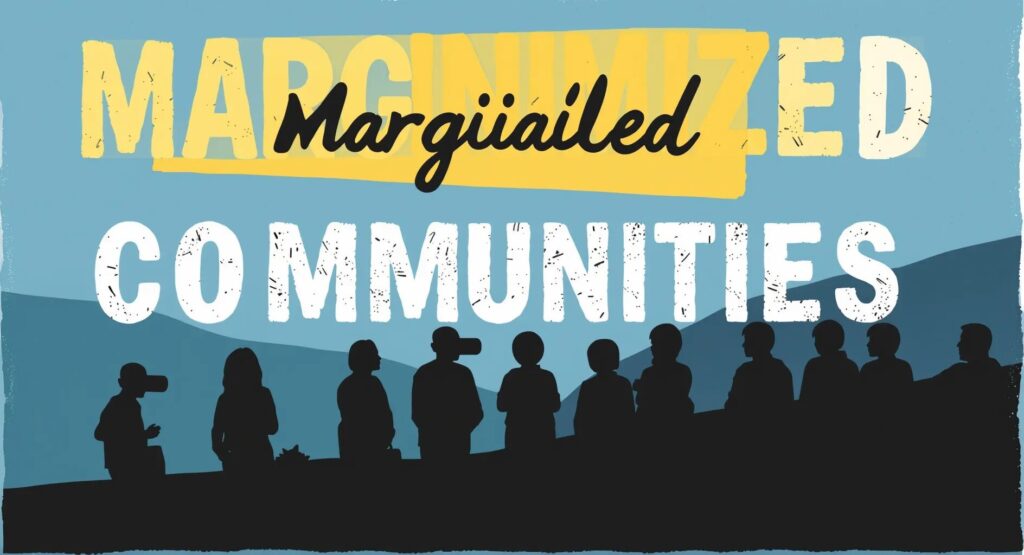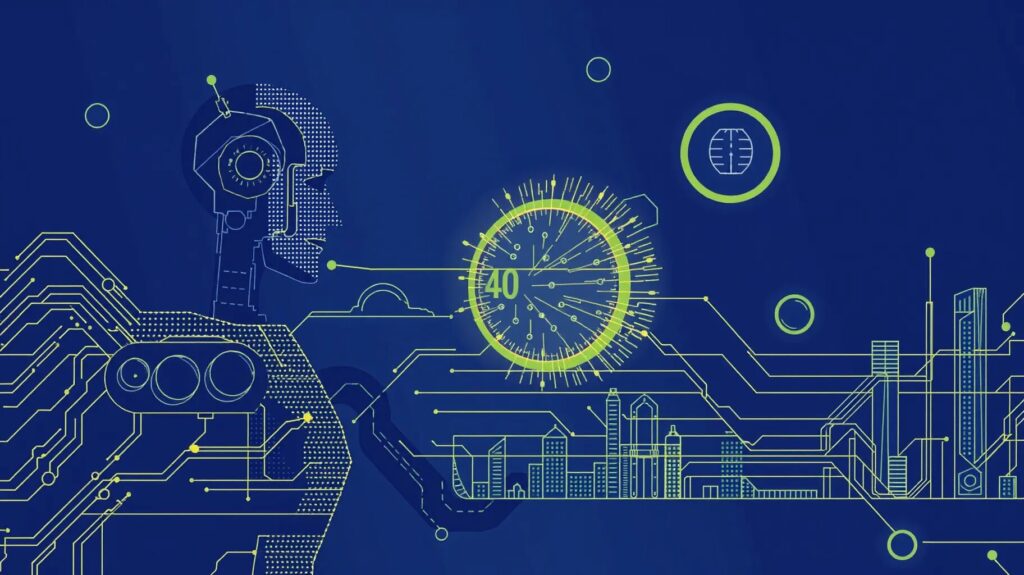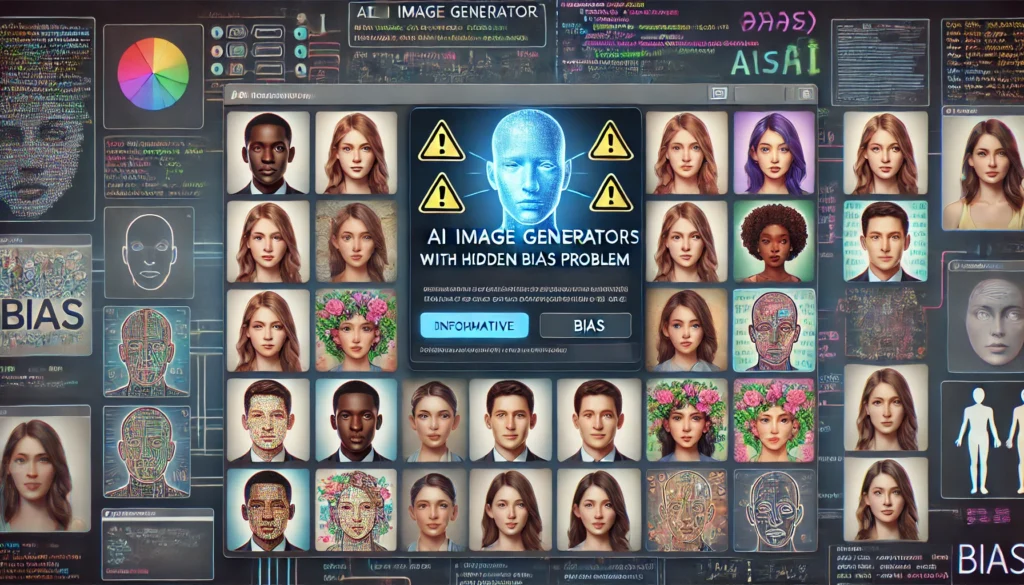
The Rise of AI: A Double-Edged Sword
Artificial intelligence has become an integral part of our lives, infiltrating everything from how we shop to how we work. While AI promises efficiency and innovation, it also carries the risk of perpetuating or even deepening societal biases. For marginalized communities, this risk isn’t just theoretical—it’s a daily reality. The allure of AI lies in its ability to process vast amounts of data and make decisions at lightning speed. But what happens when the data itself is flawed? When AI systems inherit the biases present in historical data, they can magnify those biases, leading to discriminatory outcomes.
Unpacking Bias in AI Systems
To understand how AI can be biased, it’s essential to grasp what AI actually is. At its core, AI is a set of algorithms designed to perform tasks that typically require human intelligence, such as recognizing patterns, making predictions, and learning from experience. However, these algorithms are only as good as the data they’re trained on. If the data reflects societal prejudices, the AI will too. Bias in AI can manifest in various ways—racial profiling, gender discrimination, and even reinforcing economic disparities. The algorithms might not be intentionally biased, but the impact is the same: marginalized communities bear the brunt.
Marginalized Communities: Who Are They?
When we talk about marginalized communities, we’re referring to groups of people who have been systematically excluded from full participation in society. This includes but is not limited to racial minorities, the LGBTQ+ community, women, people with disabilities, and those living in poverty. These groups often face barriers in access to education, employment, and healthcare, making them more vulnerable to the negative impacts of biased AI systems. Understanding who these communities are is crucial to recognizing the specific ways in which AI can harm them.
The Real-World Consequences of AI Bias
The consequences of biased AI are not just theoretical—they have real-world implications that can be devastating. For instance, consider the case of AI-driven hiring tools that unfairly penalize applicants with “ethnic-sounding” names or those who attended non-elite universities. These tools, designed to streamline the hiring process, end up perpetuating existing inequalities by systematically excluding qualified candidates from marginalized backgrounds. Another example is facial recognition technology, which has been shown to be less accurate in identifying people of color. This inaccuracy isn’t just a technical flaw; it can lead to wrongful arrests and exacerbate the mistrust between marginalized communities and law enforcement.
How AI Bias Worsens Economic Inequality
Economic inequality is one of the most significant issues exacerbated by biased AI. When AI systems are used in financial services, such as determining credit scores or loan eligibility, they can perpetuate and even worsen existing disparities. For example, an AI algorithm trained on historical lending data might favor applicants from affluent neighborhoods while penalizing those from poorer areas, many of whom belong to marginalized communities. This kind of bias can lock these communities into cycles of poverty, as access to credit and loans is often a critical factor in economic mobility. The widening wealth gap fueled by biased AI is a stark reminder of the need for more equitable technology.
Social Impacts: A Threat to Justice and Fairness
The social impacts of biased AI extend beyond the economic sphere, threatening the very principles of justice and fairness. When AI systems are used in the criminal justice system, for example, they can reinforce racial disparities. Predictive policing algorithms, which are designed to forecast where crimes are likely to occur, often target minority neighborhoods, leading to over-policing and a higher likelihood of arrests for minor offenses. This not only perpetuates the stereotype of certain groups being more prone to criminal behavior but also erodes trust in law enforcement. Similarly, AI in the legal system can result in biased sentencing, with defendants from marginalized communities receiving harsher penalties compared to their counterparts.
Case Studies: Biased AI in Action
There have been numerous high-profile cases where biased AI has caused significant harm. One of the most infamous examples is the use of COMPAS, a risk assessment tool used in the U.S. criminal justice system to predict the likelihood of reoffending. Studies have shown that COMPAS is twice as likely to falsely label Black defendants as high risk compared to white defendants, leading to longer sentences and less favorable parole outcomes for Black individuals. Another case involves Amazon’s AI-powered hiring tool, which was found to discriminate against female candidates by favoring resumes that included more masculine language or experiences typically associated with men. These case studies illustrate the pervasive and damaging effects of biased AI on marginalized communities.
How Big Tech Perpetuates Discrimination

Big Tech companies, despite their progressive rhetoric, often play a significant role in perpetuating discrimination through biased AI. Many of these companies prioritize profits and efficiency over ethical considerations, leading to the deployment of AI systems that have not been adequately tested for bias. The lack of diversity within these companies only exacerbates the issue. When development teams lack representation from marginalized groups, they are less likely to identify and address the biases that may be embedded in their AI systems. This results in products that are more likely to discriminate against vulnerable communities, whether intentionally or not.
The Role of Advocacy in Combating AI Bias
Advocacy plays a critical role in combating AI bias and protecting marginalized communities. Grassroots organizations, civil rights groups, and ethical AI advocates have been at the forefront of this battle, pushing for greater transparency and accountability in AI development. They have called for the creation of AI ethics boards, more diverse development teams, and stronger regulatory frameworks to ensure that AI systems do not perpetuate existing inequalities. Advocacy efforts have also highlighted the need for AI systems to be designed with fairness and inclusivity in mind, ensuring that the benefits of AI are shared equitably across all segments of society.
Policy Changes: Protecting Vulnerable Groups
While advocacy is essential, policy changes are necessary to protect vulnerable groups from the harmful effects of biased AI. Governments and regulatory bodies need to implement stringent guidelines that require AI systems to undergo rigorous testing for bias before they are deployed. This includes ensuring that AI developers use diverse datasets that accurately represent the population as a whole. Policies should also mandate transparency in AI decision-making processes, allowing individuals to understand how decisions that affect them are made. Additionally, there should be legal avenues for individuals to challenge decisions made by AI systems, particularly when those decisions have a significant impact on their lives.
Ethical AI: What Does It Look Like?
Creating ethical AI is not just a technological challenge but a moral imperative. An ethical AI system is one that is designed with fairness, transparency, and accountability at its core. It should be free from bias, or at the very least, have mechanisms in place to identify and mitigate bias. One approach to achieving this is by incorporating ethical frameworks during the design and development stages. These frameworks should prioritize human rights and consider the potential impact of AI on marginalized communities. Additionally, ethical AI should involve regular audits and updates to ensure that it remains fair and equitable as society evolves.
The Importance of Diversity in AI Development
Diversity within AI development teams is crucial to creating systems that are fair and inclusive. When teams lack diversity, they are more likely to overlook biases that can negatively impact marginalized communities. Diverse teams bring a wide range of perspectives and experiences, which can help identify and address potential issues early in the development process. This includes ensuring that training data is representative of all demographic groups, not just the majority. Furthermore, involving community stakeholders in the design process can provide valuable insights into how AI might affect different populations, leading to more equitable outcomes.
The Power of Community Voices in Shaping AI
Communities that are most affected by AI bias should have a say in how these technologies are developed and deployed. Community engagement is essential for creating AI systems that are truly inclusive. This can take many forms, such as public consultations, participatory design workshops, or collaborations between tech companies and community organizations. By giving marginalized groups a platform to voice their concerns and suggestions, developers can create AI systems that better meet the needs of all users. Moreover, community involvement helps to build trust in AI technologies, as people are more likely to support systems that they feel they have had a hand in shaping.
Case Studies of Biased AI: Real-World Impacts on Marginalized Communities

Wrongful Arrests: The Case of Robert Williams
In January 2020, Robert Williams, a Black man living in Michigan, was wrongfully arrested for a crime he didn’t commit. The culprit? A flawed AI-powered facial recognition system. Williams was identified as a suspect in a shoplifting case based solely on the AI’s match between his photo and grainy surveillance footage. Despite glaring inconsistencies, the police relied on this faulty AI output, leading to Williams’ traumatic arrest in front of his family.
Causes: The facial recognition system used by the police was trained predominantly on images of lighter-skinned individuals. This imbalance made the system far less accurate when identifying people of color, especially Black men. The issue lies in both the data fed into the system and the lack of rigorous checks to ensure its reliability across diverse populations.
Consequences: Williams’ case exposed the dangers of over-reliance on technology without adequate oversight. His wrongful arrest not only caused personal trauma but also highlighted the systemic issues within law enforcement’s adoption of AI. This incident sparked a broader conversation about the ethical use of AI in policing and led to calls for banning or strictly regulating the use of facial recognition technology.
Denied Loans: Discrimination in Financial Services
Financial institutions have increasingly turned to AI to make lending decisions. However, these systems have often perpetuated existing inequalities rather than eliminating them. For example, a study by the University of California, Berkeley, found that African American and Latino borrowers were more likely to be charged higher interest rates or denied loans altogether when assessed by AI-powered systems.
Causes: AI models in the financial sector often use historical data to predict creditworthiness. However, this data reflects past discrimination, such as redlining, where minority communities were systematically denied loans or offered less favorable terms. When AI systems train on this biased data, they inadvertently perpetuate these discriminatory practices.
Consequences: The biased AI systems exacerbate economic disparities, making it harder for marginalized communities to access credit and build wealth. The financial exclusion that results from these biased decisions can have long-lasting effects, entrenching cycles of poverty and limiting opportunities for upward mobility. Awareness of this issue has led to increased scrutiny of AI in finance, with advocates calling for transparent algorithms and the inclusion of more diverse data sets.
Misdiagnosed Medical Conditions: Healthcare Inequities
In healthcare, AI promises to revolutionize diagnostics and treatment. Yet, it has also shown a troubling tendency to misdiagnose or overlook medical conditions in minority populations. One notorious case involved a health care algorithm that systematically under-prioritized Black patients for critical care. The algorithm, used by hospitals across the United States, was designed to allocate healthcare resources based on predicted healthcare costs. However, it failed to account for racial disparities in healthcare access, leading to Black patients receiving lower levels of care than their white counterparts.
Causes: The algorithm was biased because it was trained on healthcare spending data, which does not reflect the actual health needs of different populations. Black patients, who often receive less expensive care due to systemic inequalities, were deemed less in need of intensive care by the AI. This led to a dangerous underestimation of their health risks.
Consequences: This bias in healthcare AI can result in life-threatening consequences. Misdiagnosis or delayed treatment can exacerbate health conditions, leading to increased mortality rates among marginalized communities. This case has prompted a reevaluation of AI’s role in healthcare, emphasizing the need for algorithms that are not only accurate but also equitable in their application.
Learning from These Incidents: Towards a More Ethical AI
These case studies underscore the importance of vigilance and accountability in the deployment of AI. The root causes of biased AI often stem from the data it’s trained on and the lack of diverse perspectives in its development. To prevent such harmful outcomes, several steps can be taken:
- Diverse Data Sets: AI systems should be trained on data that represents the full spectrum of human diversity. This includes ensuring that data from marginalized communities is adequately represented.
- Human Oversight: AI should augment, not replace, human judgment. Critical decisions, especially those affecting people’s lives, should involve human oversight to catch and correct potential biases.
- Transparency and Accountability: Companies and institutions that deploy AI should be transparent about how their systems work and held accountable for the outcomes. This includes regular audits of AI systems to identify and mitigate bias.
- Ethical Standards: There should be established ethical standards for AI development and use, particularly in sensitive areas like criminal justice, finance, and healthcare. These standards should be enforced through legislation and industry regulations.
Steps Toward a Fairer AI Future
Achieving a fairer AI future requires a multi-faceted approach that includes education, regulation, and collaboration. Education is key to ensuring that the next generation of AI developers and users are aware of the ethical implications of AI and are equipped to address them. This involves integrating ethics into computer science and AI curricula and providing ongoing training for professionals in the field. Regulation is also crucial, with governments and international bodies needing to establish clear guidelines for AI development and deployment. Collaboration between tech companies, governments, and civil society organizations can help create a shared vision of AI that prioritizes fairness and equality.
Conclusion: The Path Forward for Inclusive AI
The path forward for AI must be one that actively seeks to include and uplift marginalized communities. This involves not only addressing the biases in existing AI systems but also creating a culture of inclusivity within the tech industry. By prioritizing diversity, transparency, and accountability, we can build AI systems that work for everyone, not just the privileged few. The journey towards inclusive AI is a collective effort that requires the involvement of all stakeholders—from developers and policymakers to the communities most affected by these technologies. Together, we can ensure that AI serves as a tool for social good, rather than a mechanism of exclusion.
Resources
European Commission – Ethics Guidelines for Trustworthy AI
- These guidelines outline how AI can be developed in a way that respects human rights and values.



